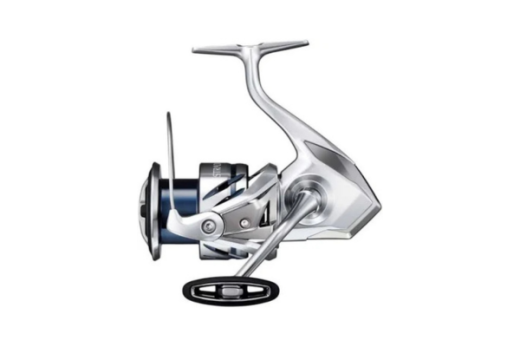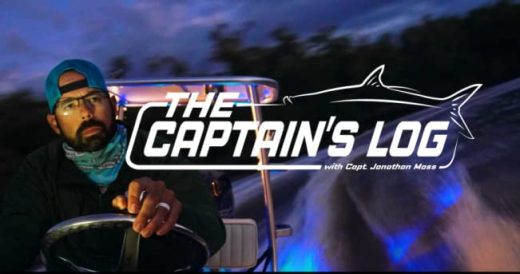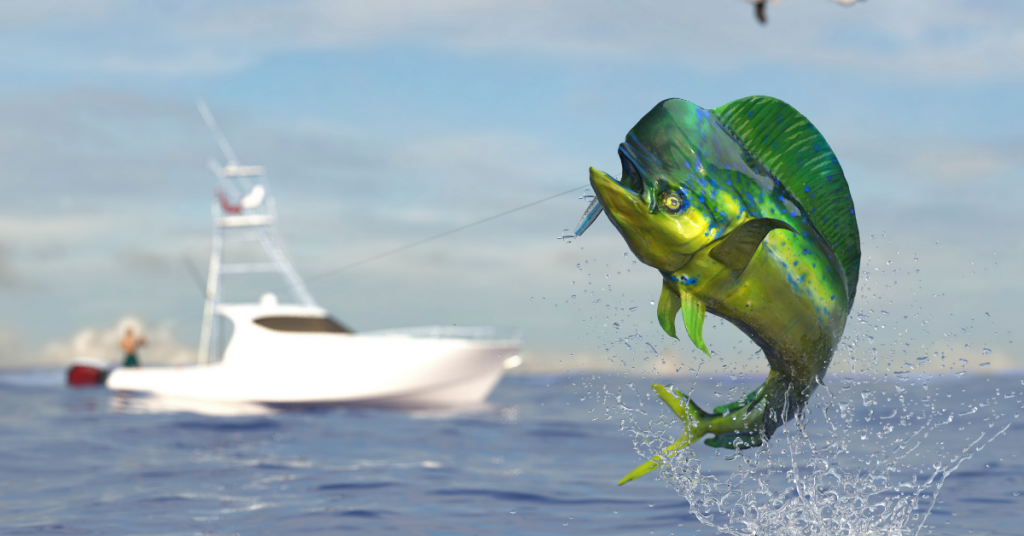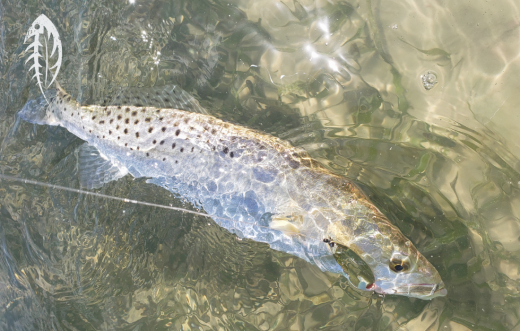Understanding The Mahi…..The Ocean’s Greyhound
The Dolphinfish (Coryphaena Hippurus), without doubt, is one of the most beautiful creations found in saltwater. It has evolved to have a prompt niche for itself, the marine ecosystem, and a gift to mankind. Mahi is a perfect example of God’s great wisdom, both as an architect and His love for life. Cobalt blue water of the Gulfstream and golden sargasso grass were not overlooked in this ultimate and spectacular design.
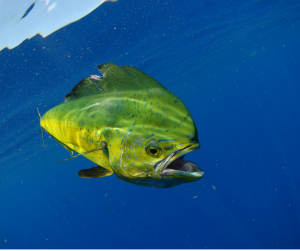
Dolphin is found throughout tropical waters of the earth but has a special place for anglers in the yearly migration along the Southeast US coast. This ritual brings Mahi from the Caribbean and southern tropical waters northward in spring riding and hunting the Gulfstream to eventually enter upper mid-Atlantic waters well above Cape Hatteras in summer. In late summer conditions, the mixing of the warm Gulfstream with cooler water of the Labrador current provides ideal habitat. The goal for the Mahi is always to spawn in nutrient-rich waters and feed on abundant prey anywhere it migrates. Spring and summer provide ideal conditions for the Carolinas, and the fish start the northern yearly spring migration closely associated with the “Paschal” full moon—the first full lunar cycle after the march equinox.
Dolphin is a species that has been well studied by science relating to its biology, migration, and behavior. Tagging studies along with biological research have provided some interesting facts about these amazing fish, although their actual population is still unknown with certainty. Here are a few facts of interest:
- Mahi is an extremely fast-growing fish, and its lifespan is only about four years. So, a 50 to 70 Lb. Bull is only about that age, if not slightly younger. Most fish begin spawning during their first year of life and continue throughout life. Such prolific spawning and incredible growth rate are believed to help the fishery be sustainable. As of now, Dolphinfish are not thought to be experiencing overfishing in the Atlantic Basin.
- Mahi are prolific eating machines and will prey on about any kind of fish, Invertebrate or crustaceans, wherever they can be found. As juveniles, they eat mostly small fish and crustaceans, and they tend to run in schools for the first year and a half of life. Dolphin most often hunts and congregate in areas of the open ocean where sargasso and flotsam occur and along current water boundaries. Adult fish are more solitary but still eat just about any protein available and will consume larger prey such as flying fish, squid, bullet and frigate mackerel, ballyhoo, and menhaden.
- As Mahi migrate up the east coast in summer, they will also venture well inshore of the Gulfstream and hunt nearshore as water temperatures rise into the mid-seventies. They mostly congregated along water mass boundaries with sargasso grass, and to inner shelf live bottoms along the 60 ft. and 90 ft terraces. Ideal food and water temperature will keep them abundant both nearshore and offshore by the Gulfstream until mid-fall.
- Tagging and recapture show that Mahi can travel, and do so commonly, 30 to 50 miles or more a day in search of ideal food and water conditions and ideal spawning habitat. In one recapture, a south Florida fish was caught in New England in just a several-week period. Some fish are believed to circumnavigate the entire Atlantic Basin in a year. Others appear to travel from the tropics by the Bermuda Rise—literally “cutting-the-corner” to reach the Gulfstream current and perhaps vice-versa when migrating back to tropical waters. When migrating south, it seems likely that fish will not “buck” the northern moving Gulfstream traveling east or just inshore on the western side of the current. Hunting in the upper water column, Mahi are often happy where blue Gulfstream water provides water mass boundaries where there is a water temperature change, a mix of watercolor, and the presence of flying fish and sargasso grass mattes and weed lines. Often, these occur along the Gulfstream’s western edge where back-loop eddies and current gyres provide multiple boundaries and water mixing and the presence of bait. Dolphin will also heavily hunt the “pinched-off” eddies that drift inshore as isolated pockets and filaments pushing clean blue water and sargassum grass. Often, these isolated pockets can last for several days. The Mahi’s challenge is always an ever-moving habitat, and they are well equipped and adaptive for that challenge.
- The Dolphin’s beautiful iridescent colors of gold, blue, and green provide little doubt that the design of this pelagic creature is closely associated with cobalt blue waters, sargassum weed, and the desire to hunt the upper water column with strength and stellar efficiency. The ability to change and morph coloration during feeding and hook-up is a beautiful site to witness. That’s part of the “awe” factor in this species.
- Dolphin fish are managed in the US through Regional Fishery Management Councils. In the Southeast, it’s the South Atlantic Regional Management Council (SAFMC) that has the 3 miles to 200-mile jurisdiction from Key West Florida through North Carolina. They corroborate with Councils in the Mid-Atlantic, New England, and the Gulf due to the highly migratory range of the dolphin species, which even exceeds geographical limits of US jurisdiction. Currently, NC, SC, and GA have a minimum size of 20-inch fish. NC has no minimum. Amendment 10, which starts in early May/2022, provides a reduced limit of 60 fish “per vessel” to 54. The ten fish per angler remains. South Florida anglers argue that management should be both a greater reduced bag limit and an increased minimum size. The NC charter fleet argue that increasing size and bag limits will hurt the recreational for-hire business. Both stakeholders have a legitimate say-so since the NC outer banks and South Florida are world-class destinations for these prized gamefish. Talk and debate will continue through the years as the council is required to conserve and sustain this resource. This is especially true since the Dolphin populations and migration often exceeds the jurisdictional boundaries of the US. In addition, the SAFMC must, by law, conduct periodic stock assessments and allocations and have accountability measures in place if the set total allowable catch is exceeded.
- So what strategy is best for the recreational sector to take regarding the Dolphinfish? In my opinion, take what is entitled but give serious thought as to releasing smaller fish, regardless of regulation. Remember that small “peanut” size dolphin is a primary food source for other species you cherish, especially Blue Marlin and Wahoo and that one year of “peanut” size this season will be a gaffer fish next season.

So go hunt Dolphin this season and know that the water they are hunting in is the same habitat you wish to hunt too. Use your sea surface data to find these special boundaries along the stream and nearshore and match that with underlying life bottom terraces. When both conditions line up offshore or near shore, fishing will be spectacular.
**3 related reading links in archives:
The Flying Fish, Understanding the mysteries of the Gulfstream, Gold on Blue– Sargassum seaweed.

You may be interested
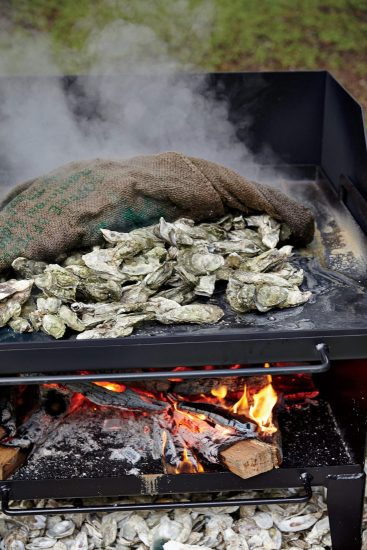
An Oyster Roast at Christmas…. Southern Style
Tim Wilson - December 15, 2025By the time the first stars show over the marsh, the fire is already glowing. Oak and pine crackle beneath a heavy sheet of metal, and the…
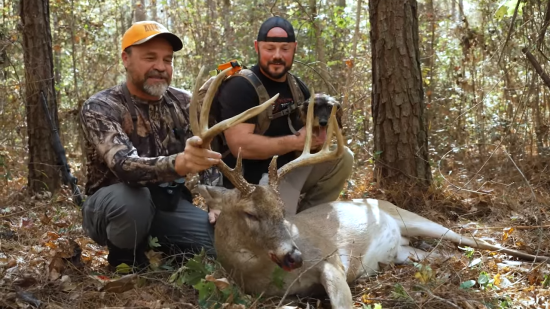
BIG NC 8 Point COMES IN TO RATTLING!!
Tim Wilson - December 15, 2025The rut is just getting underway and with each sit Chris edges his way closer to a large core area that a number of bucks were using…
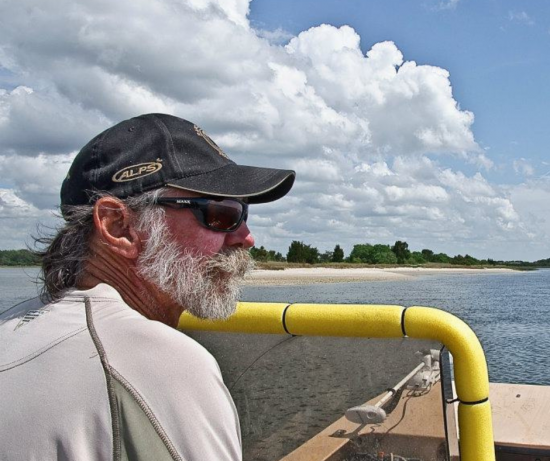
How Environment Changes Have Impacted Fishing…..The Parsons’ Perspective
Tim Wilson - December 15, 2025Saltwater Angler & Sportsman Legend of Saltwater Fishing edition of The Parsons' Perspective. In this video, Lee talks about how environmental changes have a negative impact on…
Most from this category

